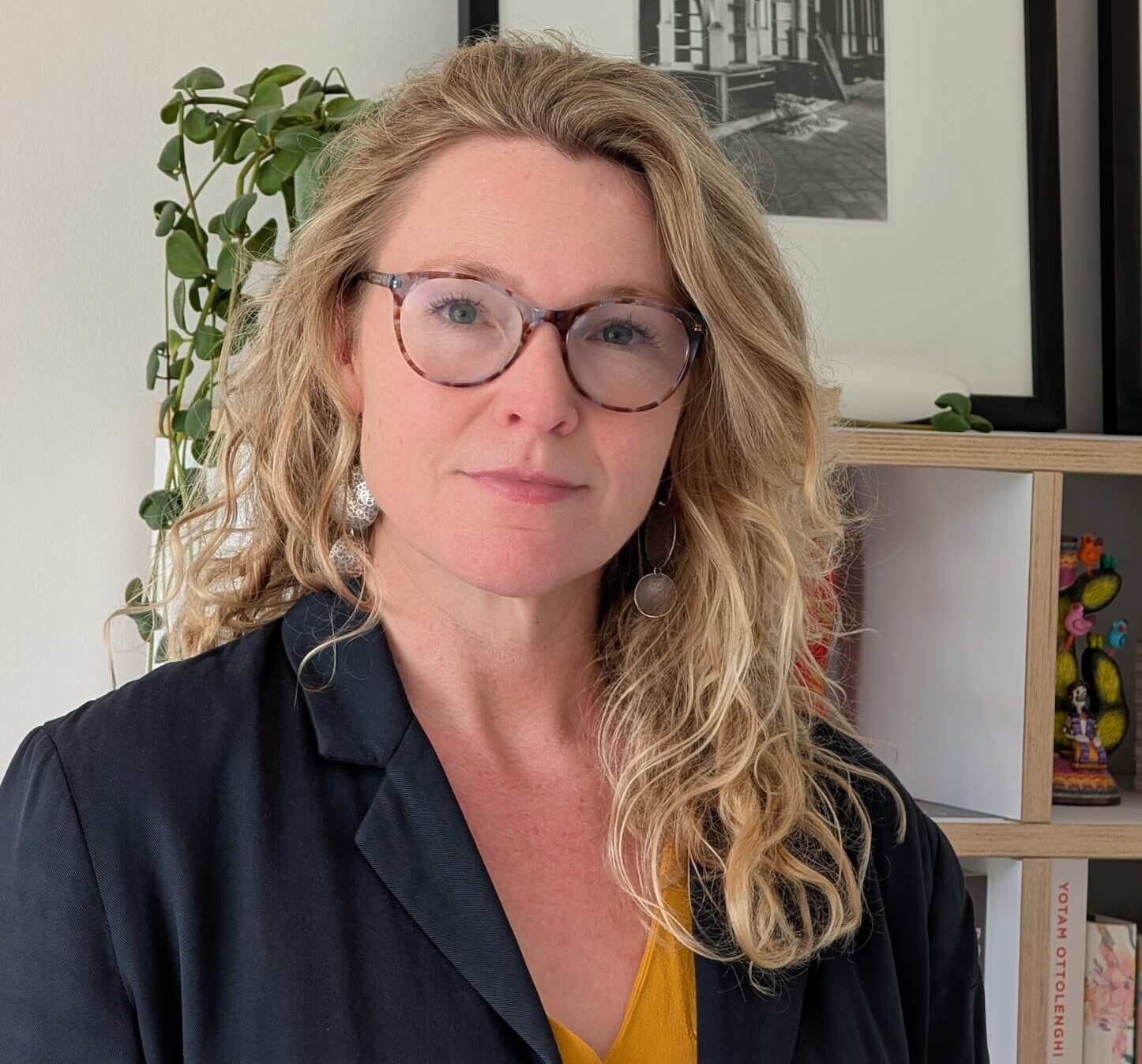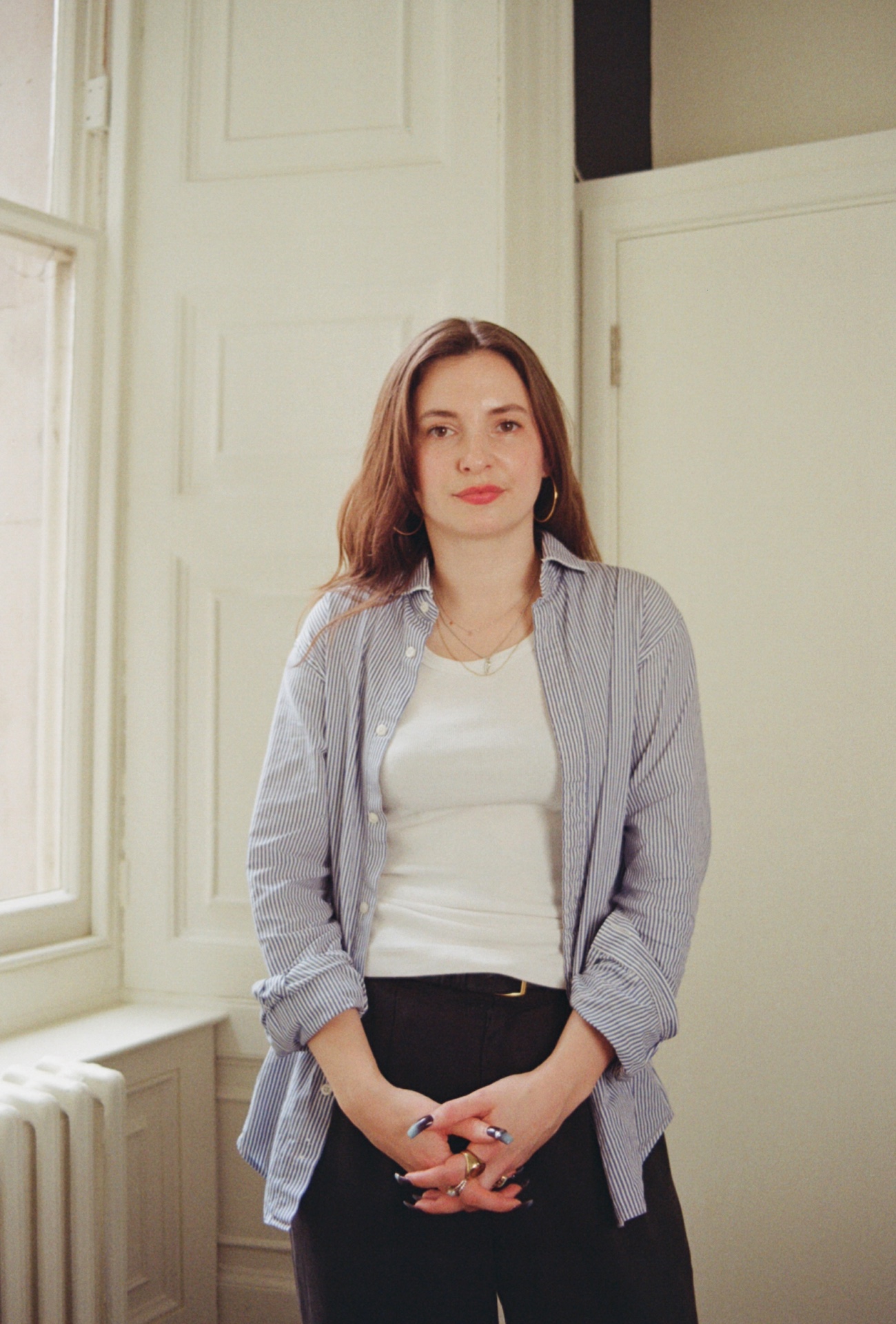

Interview Superblue’s CEO, Mollie Dent-Brocklehurst
She teamed up with her former boss at Pace Gallery, president and CEO Marc Glimcher, to create Superblue to straddle the divide between art and entertainment. Through its art centres, Superblue enables its network of artists, which includes the leading practitioners of experiential art, to transport audiences to new worlds while engaging them on important issues of today. Superblue opened a permanent 50,000-square-foot space in Miami last year with work from James Turrell, teamLab and Es Devlin as well as exhibitions by DRIFT and artist duo AA Murakami at Manhattan’s The Shed and a temporary space in London’s Piccadilly. Here, Mollie Dent-Brocklehurst shares why it’s only the start for experiential art.
THE WICK: Talk us through a typical Monday.
Mollie Dent-Brocklehurst: One of the joys of working at Superblue, which supports such a diverse range of artists and projects, is that no two Mondays are the same. As Superblue’s ambition is to bring art outside the gallery walls, our projects are realised on a global scale, which brings a fantastic variety to the working week. When I am not travelling and based at my family home in Sudeley in Gloucestershire or London, I love to start my day by walking my dogs Milo and Bugsy. The return of in-person meetings is a fantastic way to bring the exhibitions, sales and curatorial teams together and we are very lucky to be based in the heart of South Kensington, surrounded by beautiful museums. After a team lunch, the afternoon meetings schedule is often relentlessly busy as our American colleagues in New York and Miami start to wake up. In the evenings, I try to find some time to unwind with meditation and hanging out with my children before going to bed and doing it all over again.
TW: How did you know the art world was ready for Superblue?
MDB: Experiential art is the next major art historical movement. Artists have been practicing in this area for many years already, so you could say the movement is here in full force. The public interest in these artists and the kinds of experiences they create is only growing, especially coming out of this long period of lockdowns; people are looking for a return to this type of dynamic, in-person experience.
TW: How does the growing interest in the metaverse impact the way you think about your immersive installations?
MDB: I don’t think this growing interest in the metaverse has greatly changed how we think about experiential art as much as it’s affirmed for us that people want these kinds of completely immersive, interactive opportunities to transport them to new worlds, and to find different ways to connect with each other, with new ideas, and with the world around us.
TW: Through Superblue, you’ve put a spotlight on some of the most exciting artists working today. Who do you think should be on everyone’s radar?
MDB: The artists we work with at Superblue are the leading practitioners in experiential art and are experimenting and exploring new technologies and mediums in unique ways. They engage with the most pressing issues of our time and encourage new ways of thinking about ourselves and the world around us. To name some of these amazing artists, James Turrell, Es Devlin, teamLab, DRIFT and Yinka Ilori have installations on view at our Miami experiential art centre, and artist duo AA Murakami is presenting a multisensory piece in London this spring.
“The absolutely crucial lesson I have learnt is how important it is to stay abreast of what contemporary artists are making, interested in and talking about.”












